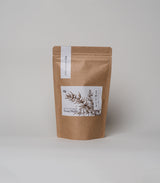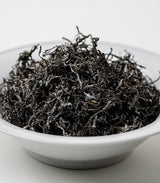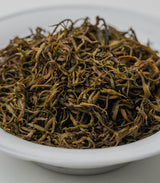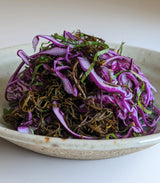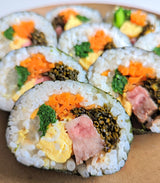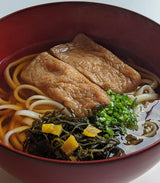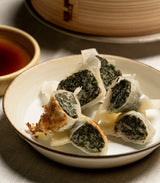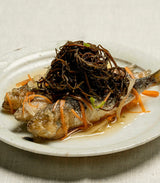Product Characteristics
"A versatile seaweed with a crispy fresh texture"


A Versatile Seaweed Perfect for Casual Use in Various Dishes
Top 3 Ways for Easting Hijiki


Recipes
Hijiki Salad
Dried Young Hijiki Seaweed
Click here for more recipesCulinary Developer / Chef Shui Ishizaka
Reccomended Recipes
A true vegetable of the sea


A no-fuss seaweed that can be flavored as you like it
“Eating a whole Hijiki truly opened my eyes”

For detailed information









